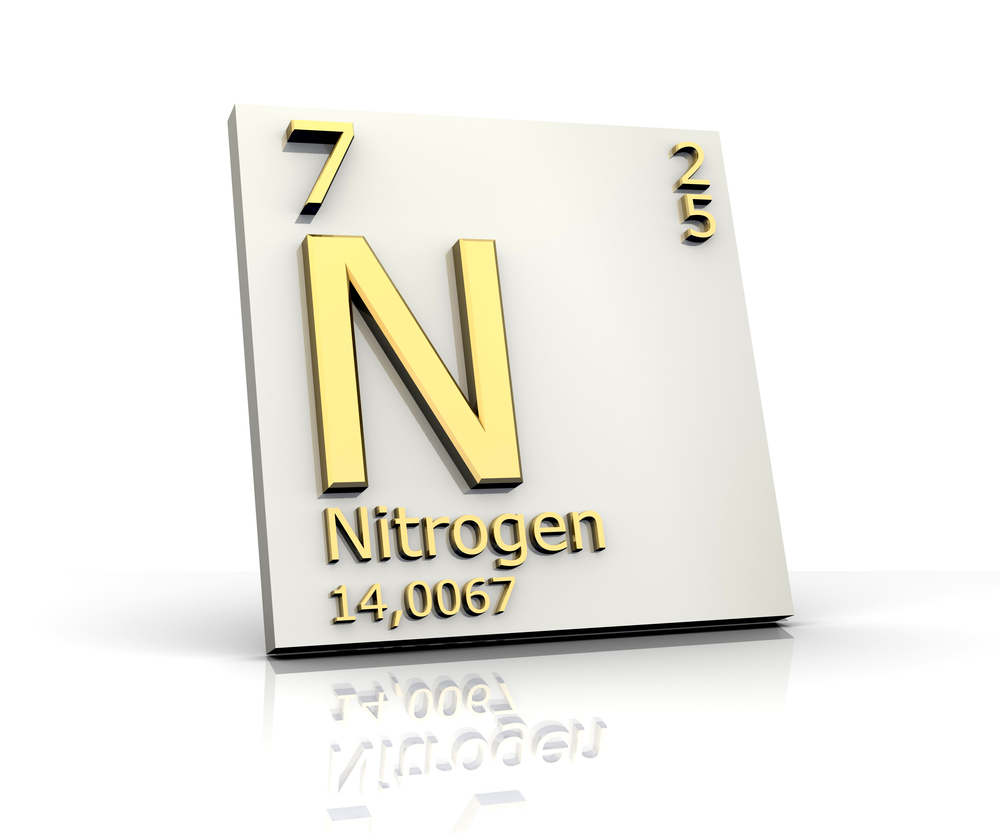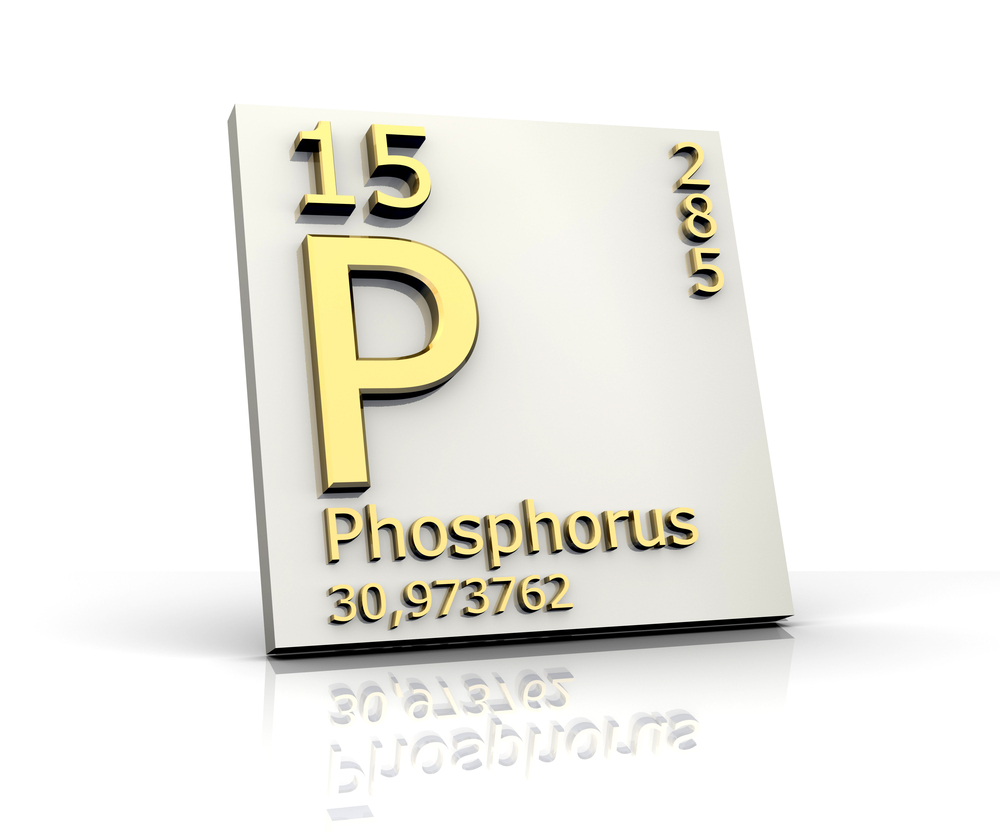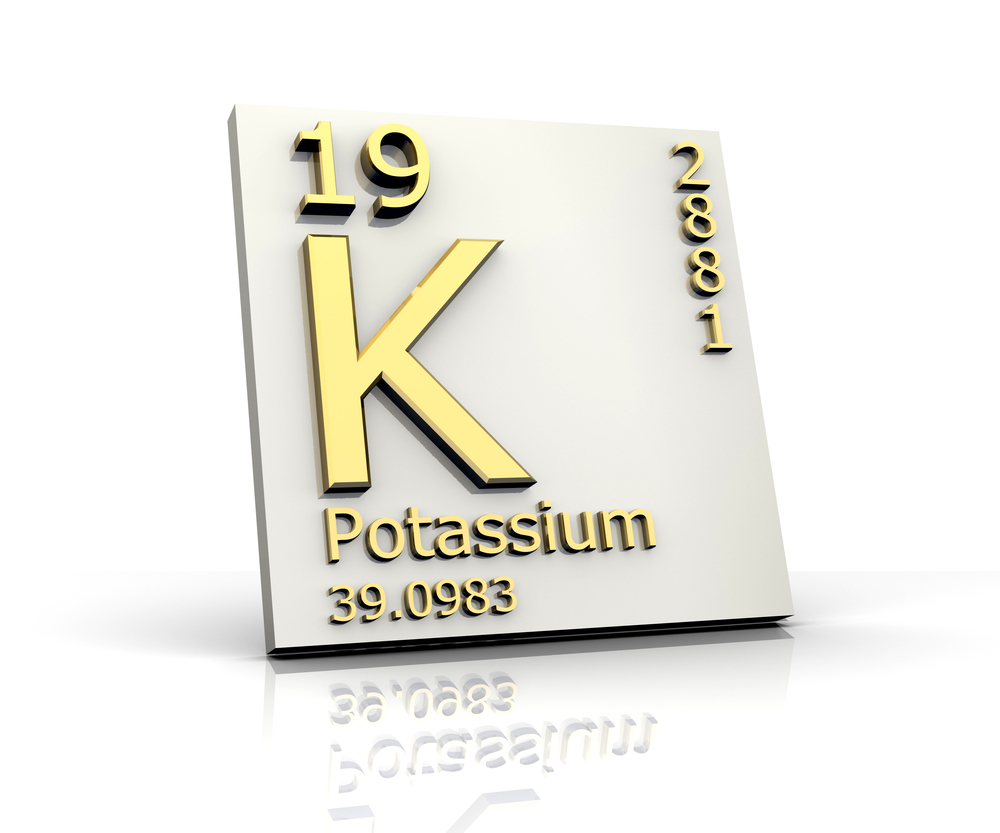Proper fertilization is a major factor in keeping any lawn healthy. However, there is a lot of misinformation regarding what kind of fertilizer to use. Many times, when I am consulting with a home owner regarding their declining lawn, I ask what type of fertilizer they have been using. 99% of the time they will respond with the name brand instead of the formula (such as 16-4-8). When asked what the numbers on the bag were that was used, they have no idea.

Choosing a fertilizer for your lawn by brand name instead of by ingredients is a bad idea. Always know what is in the bag before you apply it to your lawn and confirm what the soil is lacking with a soil analysis. We have performed literally hundreds of soil analysis along the Emerald Coast and have found the sandy soil here is most always low on ALL nutrients. Therefore, under those conditions, it is a good idea to use a fertilizer that has equal amounts of all of the three major nutrients such as a 14-14-14 as well as micro nutrients. This balanced nutrition of fertilizer is recommended to be applied during the growing season. The growing season begins when the temperatures rest consistently at 80°F and above. When fall is near, fertilization recommendations change as the dormant season approaches. For this change in season, we recommend a fertilizer formulation that is high in potassium such as 5-0-20.
Now that you know that not all fertilizers are created equal and that their application is dependent on the season; it is important to know what those numbers represent and how they can affect your grass. It is also important to take note that different fertilizers are formulated for different plants and purposes. To know what is the best one for your lawn, you need to know what is in the bag before you buy.
What Fertilizer is made up of
Fertilizer is comprised of 3 major ingredients, nitrogen, phosphorus and potassium which all play a different role in plant health and are considered macronutrients. As previously discussed, the required amounts of each of these ingredients will vary based on the soil and time of year. All fertilizers display their ingredients as a set of three numbers such as 16-4-8. These numbers represent the amounts of nitrogen, phosphorus and potassium, respectively, as a percentage of the bag. For example, in a 50-pound bag of 26-0-2 there will be 13 pounds of nitrogen, 0 pounds of phosphorus and 1 pound of potassium. What remains is filler or other materials that may help improve the flowability of the fertilizer.

1. The first number on the bag represents nitrogen.
Chlorophyll is largely composed of nitrogen which is the green substance in plants responsible for photosynthesis. Nitrogen also encourages leaf growth and dark green color. It is important not to overdo it with nitrogen as it may “burn” your lawn. When it comes to turf grass, too much nitrogen can encourage rapid growth causing runners to quickly overlap without giving the dead runners underneath a chance to decompose, resulting in built up thatch.
Too much nitrogen may cause your grass to appear green, thick and happy for a couple of seasons, then crash hard and die off. The roots of the turf grass cannot reach the soil because of the excess thatch and as a result, the grass dies. We recommend renting or hiring someone to dethatch your lawn periodically before the lawn reaches this point. Dethatching should only be done during the growing season to give your grass a chance to mend from the stress of dethatching.
I like to compare over fertilizing with nitrogen to eating too many carbs. If all you eat is carbs and sugary foods, your body has a lot of quick energy to burn but can be detrimental to your overall health. When you think about your lawn as a living organism, you may be able to help it live a longer and healthier life by feeding it balanced nutrition.

2. The next number on the bag represents phosphorus, or P.
Plants use phosphorus to help store nutrients and aid in energy transfer which also encourages root formation. Nucleic acids and other important compounds are formed by the use of phosphorus within the turf grass. When you compare the amount of phosphorus that is needed to the amount of nitrogen and potassium, plants only need one-tenth the amount. Most other areas in the country have an adequate amount of phosphorus in the soil. Since too much phosphorus can be detrimental to grass and even harmful to the environment, most turf fertilizers do not have phosphorus. However most of the sandy soil we have here along the Emerald Coast has very little phosphorus and phosphorus should be applied to the lawn if a soil test confirms it’s lacking.

3. The third number on the bag represents potassium, or K.
Potassium is an important ingredient needed by turf grasses, as it promotes root growth and hardiness. While potassium may not promote top growth, know that turf grass does benefit greatly from it. While not invisible to the naked eye, potassium is working by activating plant enzymes used in sugar, protein and starch synthesis. Deficiencies in potassium can increase the likelihood of disease and create intolerance to cold and drought. Warm season turf grasses in particular greatly benefit from potassium applications in the fall.
Now that you know the role these three elements play in the fertilization of your lawn; it is time to go over how important it is to follow the recommendations on how much and when to apply fertilizer to your lawn.
Starting December 31, 2007, a rule that regulates how fertilization products weighing less than 50lbs can be marketed and sold to consumers was set in place. This rule was adopted in response to environmental concerns and the potential water pollution that nitrogen and phosphorus fertilization may create if applied incorrectly. The rule also requires this specific wording to be printed on every bag: “Do not apply near water, storm drains, or drainage ditches. Do not apply if heavy rain is expected. Apply this product only to your lawn or garden, and sweep any product that lands on the driveway, sidewalk, or street back onto your lawn or garden.” The maximum square footage that is covered by the bag is also required to be printed on the front. A healthy lawn can use almost all fertilizer that is applied (using recommended amounts), while an unhealthy lawn may not be able to absorb all of the nutrients, which may leach into the groundwater or run off into bodies of water. Over-fertilizing and applying nitrogen to your lawn at a time when it cannot absorb it can also create the same issue, creating potential harm to the environment.
Before you purchase the bag of fertilizer, you will want to measure the size of your lawn. In order to apply the required amount, this is important information. Take a tape measure and measure the length and width of your lawn. Multiply those numbers to get the square footage. For example: the length of your lawn measures 10 ft. and the width is 15 ft., multiplied you get 150 square feet. Don’t have a long enough measuring tape? Measure the length of your stride and then stride the length and width of your lawn. If your stride is 3 feet you should be able to take 3 strides (9 feet) and measure the remaining distance as 1 foot for a total of 10 feet. This will help you determine how many pounds of fertilizer you will need for your lawn. Once you have this, you can obtain the type of fertilizer needed for the appropriate time of year.
Application regulations indicate the amount of nitrogen that should be applied at any one time and is determined by the time of year and percentage of slow release nitrogen contained in the fertilizer. Up to 2lbs of nitrogen per 1,000 square feet can be applied in the spring or summer if you use a fertilizer that has at least 65% controlled (slow release) nitrogen. If you are using a soluble (quick release) nitrogen, it is regulated to no more than 0.7lbs. per 1,000 square feet at any one time.
Remember that fertilization is only one component in maintaining a healthy lawn. By following treatment regulations set in place and expert advise on maintenance, you play a large role in keeping our environment healthy and balanced!
Need help with your lawn? Give us a call to schedule your free consultation! (850)939-9868
